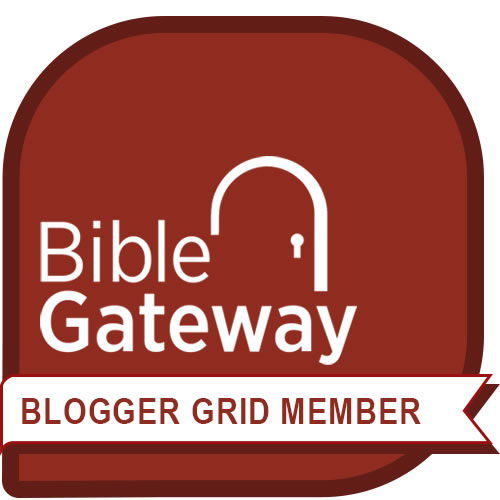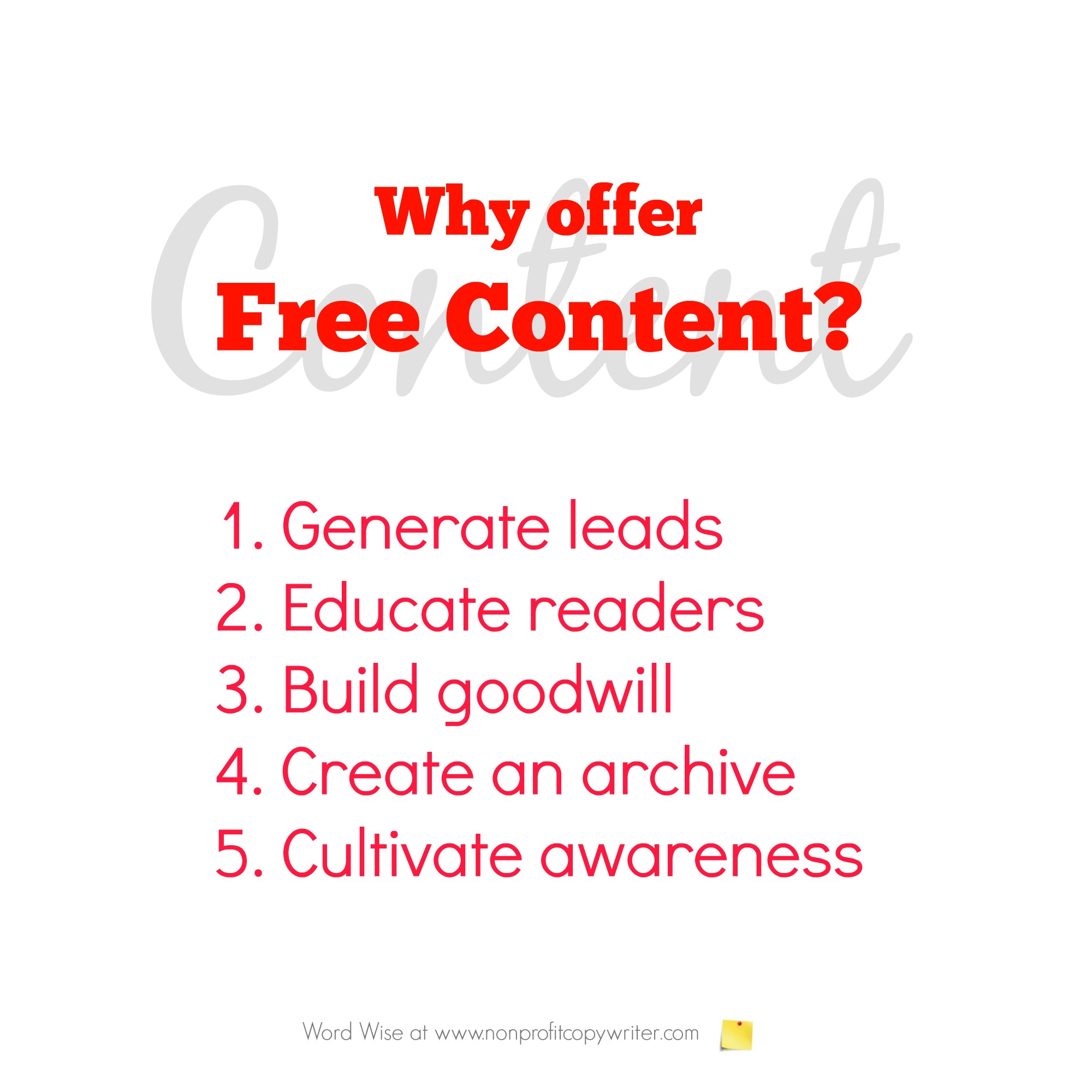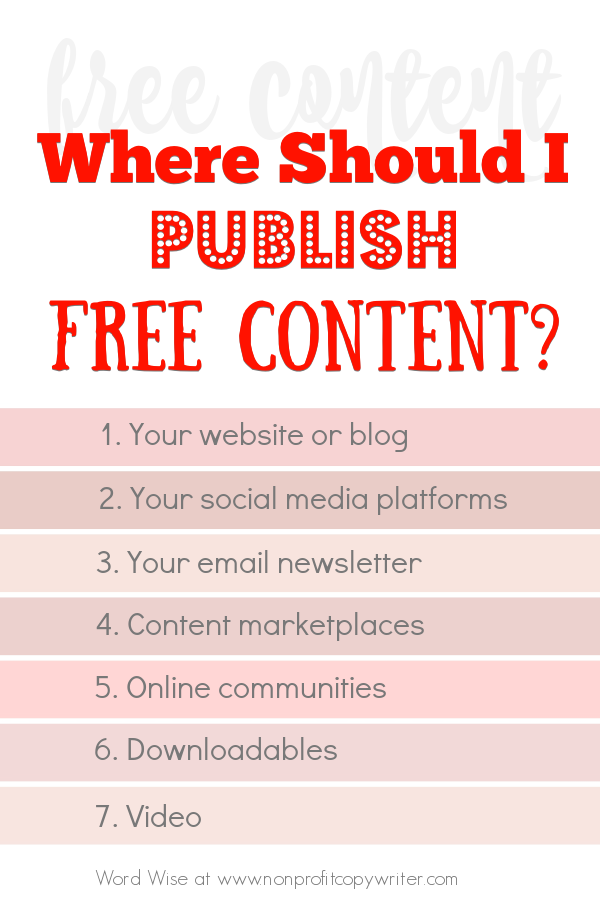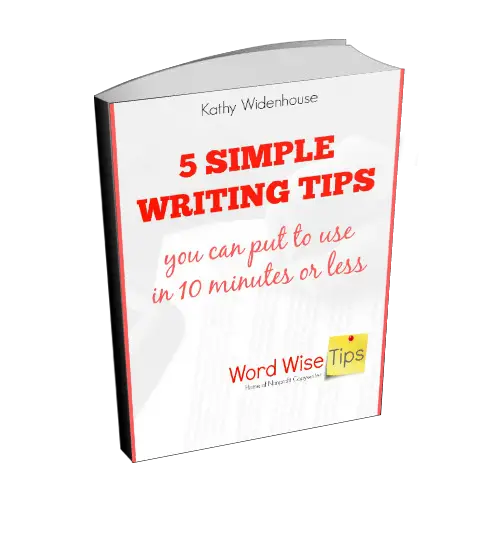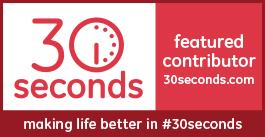Save Time: Get 5 Simple Writing Tips
you can put to use in 10 minutes
What Is Free Content and Why Should I Offer It? FAQs
Award-winning writer Kathy Widenhouse has helped hundreds of nonprofits and writers produce successful content , with 750K+ views for her writing tutorials. She is the author of 9 books. See more of Kathy’s content here.
Updated 11.25.25
Free content includes articles, downloads, white papers, reports, and fillers packed with practical information about your niche, offered at no charge, like this article, for instance. (See "What Is Content?")
It's information you offer to users at no cost.
These days, information is everywhere. But readers don’t plow through encyclopedias or cookbooks or card catalogs. Instead, they do internet searches. They check ChatGPT. They click on links. They read short pieces that drop into their inboxes. And much of it is free.
When you join the information train, you open up opportunities to share with readers about your niche.
Q. Why should I offer free content?
- To generate leads. People find out about you from your lead magnet, free report or helpful article. You become their new favorite “expert” in your niche. Plus, free content gets more shares,
increasing your reach.
- To educate your audience. Reliable, thought-provoking information raises awareness and answers questions. Your readers become ambassadors for your message.
- To build goodwill. A piece of free content is a low-barrier entry into your ecosystem. The public is sick of waste and greed. You earn big brownie points by providing something at no cost that’s useful.
- To create an archive. A good percentage of your articles are likely “evergreen,” meaning they’ll remain relevant to readers for a long time. You’ll be able to use them over and over again. Further, your content can become an asset you can repurpose into a book, video series, or course.
- To cultivate awareness. Rather than just using online real estate for promotion, use it to equip your readers with helpful information that inspires. Then, when the time comes for you to make an ask, they’ll remember what you gave them for free.
No, you don’t need to give everything away for free. In fact, you shouldn’t. Save premium content to sell. (More on that in a minute). But don’t be stingy with your niche expertise.
Q. What kinds of free content should I offer?
The list is endless. You can offer …
- Blog posts/articles
Why it works: Short information pieces position you as an expert, boost SEO, and give value to readers searching for answers.
Example: “5 Ways Freelancers Can Get High-Paying Clients Without Cold Emails.” - How-to guides/tutorials
Why it works: People love actionable advice they can use immediately. Step-by-steps and proven formulas build trust.
Example: “Step-by-Step Guide to Setting Up a Portfolio Website in a Weekend.” - Checklists/templates/worksheets
Why it works: A quick fix saves your audience time and effort. Plus, printables are highly shareable.
Example: “Use This 5-Point Headline Writing Checklist to Engage Readers” - Newsletters
Why it works: A weekly or monthly publication keeps you in regular contact with your audience and nurtures leads over time.
Example: Share quick tips, industry insights, or curated content with links to your website or blog. - Videos
Why it works: Video is engaging and personal, helping you connect with your audience quickly.
Example: “5-Minute Tutorial: How to Write a Winning Pitch Email.” - Podcasts/audio content
Why it works: People who prefer listening over reading will become loyal followers.
Example: “Weekly Conversations on Freelance Business Growth.” - Social media mini content
Why it works: Attention spans are short. Quick tips, insights, or behind-the-scenes posts keep your audience engaged daily.
Example: Short LinkedIn posts, Instagram carousels, or TikTok tips for your niche. - Free eBooks/reports
Why it works: An eBook or white paper shows your depth of knowledge and can be used as a lead magnet to collect emails.
Example: “The Ultimate Guide to Freelance Rates in 2025.” - Quizzes
Why it works: A simple quiz is highly engaging and shareable. Plus, quizzes help you collect audience insights.
Example: “How Is Your Email Etiquette? Take the Quiz.” - Case studies/success stories
Why it works: People engage with stories that demonstrate results. Stories build credibility through proof.
Example: “How One Freelancer Increased Income by 50% in 3 Months.”
Top tip: No matter what format(s) you choose, make sure your content addresses your cause or niche.
Q. Where should I publish free content?
That depends on where your ideal audience spends time and the type of content you’re creating. Here’s a breakdown.
- On your own website or blog
Best for: Articles, guides, tutorials, checklists, case studies.
Why: You own the content, it boosts SEO, and you can capture email leads.
Tip: Add a clear “subscribe” or “download” option to grow your email list. And make sure your site has a search bar and plenty of internal links to lead users from one page to another. This way, readers will stay on your site longer. - On your social media platforms
Best for: Short tips, mini-guides, videos, reels, carousel posts.
Where:
LinkedIn: Best for B2B, freelancers, and professional audiences.
Instagram / X / Threads: Offer visual or bite-sized tips.
TikTok / YouTube Shorts: Post quick, engaging video content.
Tip: Repurpose long-form content into short snippets to maximize your reach. - In your email newsletter
Best for: Weekly tips, insights, mini-guides, case studies.
Why: Builds a loyal audience, nurtures leads, and allows for direct communication.
Tip: Include a “please forward to a friend” message. - On content marketplaces and platforms
Best for: Articles, guides, templates, and thought leadership.
Where: Medium, Substack, LinkedIn Articles, or industry-specific forums.
Why: You can reach a broader audience and get discovered by people outside your network. - Online communities
Best for: Answering questions, sharing resources, and establishing credibility.
Where:
Facebook Groups for writers or small business owners
Reddit (relevant subreddits)
Slack or Discord communities for freelancers
Tip: Don’t just drop links—engage, answer questions, and offer real value first. - Downloadables
Best for: Templates, checklists, worksheets, mini eBooks
Where: Gumroad (free products), Canva (share templates), or your website as a lead magnet
Why: People can easily get your resources and share them with others - Video
Best for: Tutorials, how-tos, mini workshops, behind-the-scenes content
Where: YouTube, Vimeo, TikTok, Instagram Reels
Why: Video increases engagement and can be repurposed into blog posts, podcasts, or social clips
Q. Who should write my content?
You.
Or, task a talented staff writer with putting together content. If your staff is stretched to the limit or you normally outsource your written pieces, work with a freelancer.
Plan your free and paid content with this downloadable guide.
Q. What are the
top tips for writing free content?
Dos
- Do define your audience. Know exactly who will benefit most from your content.
- Do provide real value. Teach, solve a problem, or entertain. Make your content genuinely useful.
- Do be consistent, Post regularly, even if it’s just once a week.
- Do use multiple formats. Blog, video, social posts, templates, newsletters—repurpose content wherever possible.
- Do include a clear CTA. Invite readers to subscribe, download, or follow you.
- Do track performance. Measure views, clicks, signups, and engagement to see what works.
- Do maintain quality. Proofread, format well, and ensure accuracy. Free content reflects your expertise. Everything you write should scream quality, even if you offer it for free.
- Do engage with your audience. Respond to comments, questions, and messages to build relationships.
Q. Are there pitfalls I should avoid as I write free content?
- Don’t give away everything. Keep your premium knowledge, templates, or services behind paid offerings.
- Don’t create content without a purpose. Avoid posting randomly. Every piece should support your goals.
- Don’t post useless or inaccurate information. It’s a certain way to lose credibility.
- Don’t be overly promotional. Free content should lead with value, not sales pitches.
- Don’t ignore feedback. Audience insights are crucial to improve content and strategy. Plus, your readers give ideas for additional free content.
- Don’t neglect repurposing. A single piece of content can serve multiple channels.
- Don’t overcomplicate. Keep free content simple, actionable, and easy to understand.
- Don’t post inconsistently. Sporadic posting reduces trust and visibility.
Q. Why does free content work?
- Everyone likes a freebie.
- Everyone likes experts.
- Everyone likes freebies from experts who want to help them.
Free content
is both a gift ... and a tool
Free content allows you to grow and nurture relationships. Use it as both a gift and a strategic tool.
- Use it to give value to your readers.
- Use it to attract leads who are interested in your niche.
Your free content’s goal is simple: solve a real problem in a small, helpful way. “If your tool makes someone’s life easier,” say the marketing experts at Shnoco, “You won’t need to hard-sell them on your paid offer later.”
More on Writing Content
Want More Readers? Use the Know Like Trust Principle ...
The 3 Best Content Ideas (In Any Niche) ...
Reach More Readers With Repurposed Content ...
How to Build a Content Writing Strategy for Your Blog or Website ...
How To Choose Content Topics for Your Content Calendar ...
7 Different Types of Content Writing You Need to Master ...
Copywriting vs Content Writing: What's the Difference?
Use a Lead Magnet to Get Content Writing Leads and Prospects ...
How to Write More Powerful Lead Magnets: 5 Easy Steps ...
What Is Content Writing? Eliminate Confusion with These FAQs ...
Content ideas to build your audience and your list ...
Use a Lead Magnet to Get Content Writing Leads and Prospects ...
6 outline formats to use to organize your content ...
Graphics and Copywriting Basics: A Simple Tutorial ...
3 Writing Tips to Help You DIY Graphics for Content ...
Content Writing: What It Is and Why It's Essential ...
Tips for writing a hook for your content ...
How to write a conclusion: 3 tips ...
6 Tips for Writing Powerful Endings ...
Identity Content: 3 tips for explaining who you are and what you do ...
Powerful content: ask this question to get it and guarantee it ...
What's a listicle and how do I write one that sticks?
Web content copywriting for newbies ...
Repurposing Content: get 21 pieces of content from one ...
More Writing Content tips on our Pinterest board ...
Return from What Is Free Content to Nonprofit Copywriter home
As an Amazon Associate I earn from qualifying purchases.
Share This Page

Named to 2022 Writer's Digest list
BEST GENRE/NICHE WRITING WEBSITE
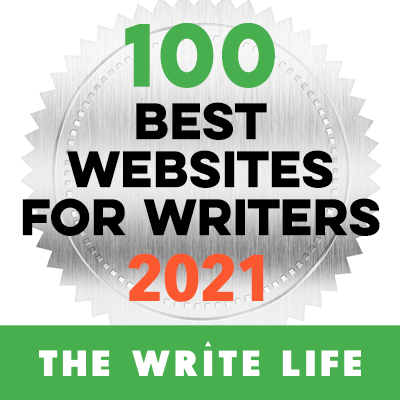
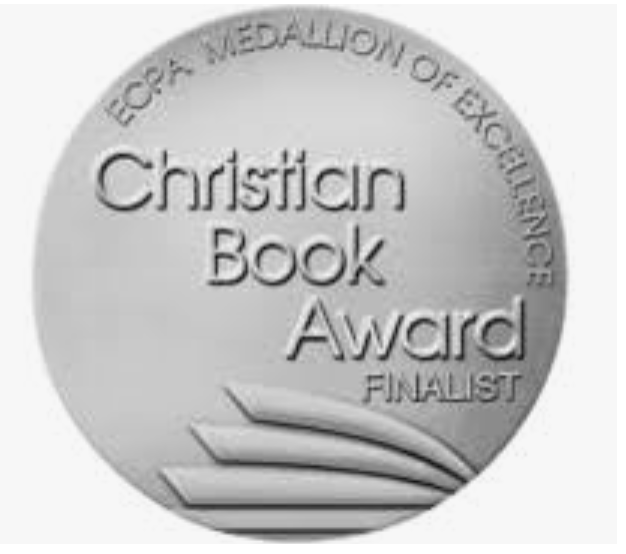
Stop Wasting Time!
Grab your exclusive FREE guide, "5 Simple Writing Tips You Can Put to Use in 10 Minutes or Less"
